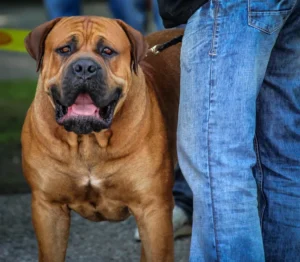
Pacman frogs, native to South America and popular pet choices in pet shops around the world, are amphibians that are relatively common as strictly terrestrial amphibians. As these amphibians cannot swim very well, they tend to spend most of their time among damp leaf litter. These amphibians get their name from popular arcade game PacMan because these amphibians resemble its animated character’s round appearance with large mouths – much like that found on these amphibians! Care for and keeping one can be relatively straightforward; however for those wanting active pets this may not be ideal as it requires handling abilities beyond what these amphibians provide.
Pacman Frog Behavior and Temperament
Pacman frogs make great pets, though their wild counterparts have been known to bite when threatened. A Pacman frog’s appetite matches its size; it will try to consume anything that comes within striking range – any type of prey passing by could become its next meal!
Housing the Pacman Frog
Pacman frogs don’t require large cages since they are relatively inactive creatures. A 20-gallon tank should do just fine for one. As these frogs often try to devour other cage mates, they should be housed alone; although cage tops can help regulate temperature and humidity conditions – as Pacmans don’t usually escape their enclosures easily!
Tanks for Pacman frogs must contain leaf litter or moss as well as live or artificial plants for them to burrow and hide in. Furthermore, daily misting should help keep humidity between 50-70% for maximum success.
Provide your Pacman Frog with a shallow bowl of water suitable for drinking and sitting without drowning, one with enough space for them to drink from and relax without becoming submerged. Depending on the humidity of your tank, your Pacman frog may spend much of its time at its water dish; providing plants around this space may make him or her feel safer and warmer temperatures will ensure its water doesn’t turn cold too quickly.
Heating:
Temperature in the tank should remain between 82 and 78 F during the day and evening respectively, using an under-tank heater ideally as overhead incandescent lights can be too drying for your amphibian (although red incandescents could provide additional heat during colder times).
Lighting
Fluorescent fixtures may provide the most appropriate illumination, although your frog may prefer more subdued illumination; regular room light could suffice. Set a 12-hour light/dark cycle; some owners recommend providing UVA/UVB lights during this phase of its development.





